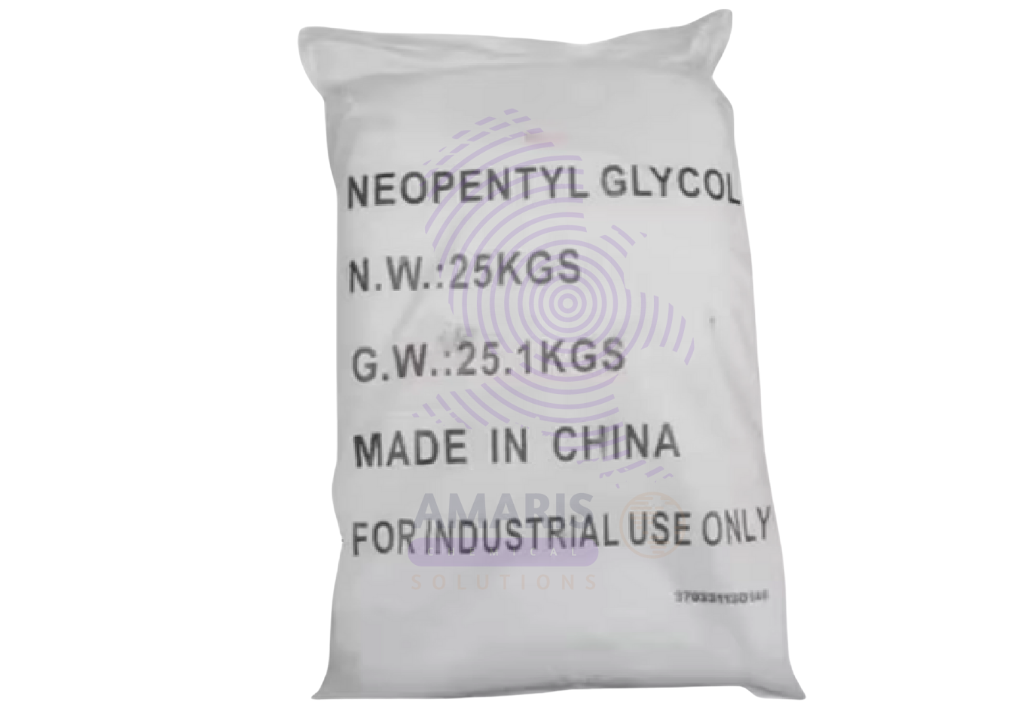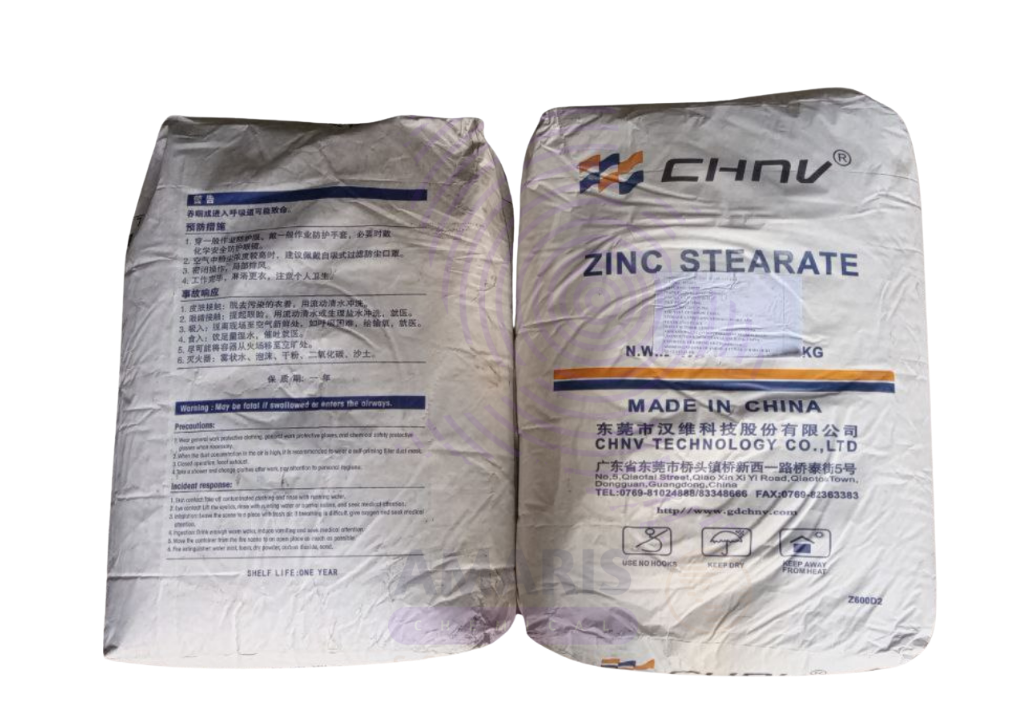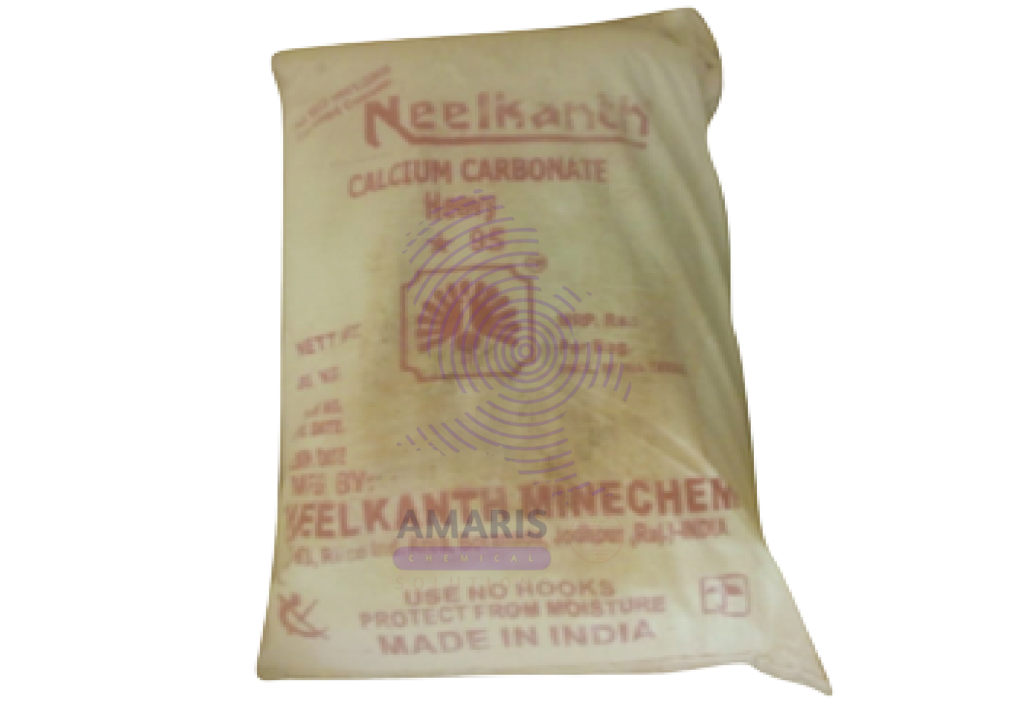Carbon Black: The Ubiquitous Industrial Additive With Surprising Laboratory Value

When you see the deep black tone in tires, inks, paints, or even plastics, you’re most likely looking at the influence of Carbon Black—a fine black powder with enormous industrial importance. Known for its pigmenting power, reinforcing properties, and ability to improve electrical conductivity, Carbon Black plays a silent yet essential role in hundreds of products used every day.
But beyond mass manufacturing, Carbon Black also serves a valuable purpose in laboratory environments, especially in materials science, electrochemistry, and environmental analysis. In its extra pure form, Carbon Black becomes a reliable agent for precision studies and experimental formulations.
What is Carbon Black?
Carbon Black is a form of paracrystalline carbon produced by the incomplete combustion of heavy petroleum products like FCC tar, coal tar, or ethylene cracking tar. The result is an ultrafine powder composed of tiny spherical carbon particles with a large surface area-to-volume ratio.
Despite its close resemblance to soot, Carbon Black is carefully manufactured under controlled conditions, which ensures uniformity and stability. It differs significantly from activated carbon in structure, porosity, and application.
Grades of Carbon Black
Carbon Black comes in various grades depending on:
- Particle size
- Structure (aggregation of particles)
- Surface activity
- Purity levels
The Extra Pure grade is used where high standards are required—such as in pharmaceutical packaging, electronics, conductive polymers, and high-precision lab work.
Industrial Applications of Carbon Black
- Rubber Reinforcement
Carbon Black is most famous for its use in tires and rubber goods. It enhances:
- Abrasion resistance
- Tensile strength
- UV resistance
- Abrasion resistance
- Without Carbon Black, tires would degrade quickly under stress and sunlight.
- Pigments in Paints and Inks
Due to its intense blackness, Carbon Black is a staple in the production of:
- Printing inks
- Coatings
- Plastic coloration
- Automotive paints
- Printing inks
- Conductive Materials
Certain grades of Carbon Black are used in:
- Electrostatic discharge (ESD) materials
- Antistatic plastics
- Conductive coatings
- Electrostatic discharge (ESD) materials
- Battery and Energy Storage
High-purity Carbon Black is incorporated in:
- Lithium-ion battery electrodes
- Supercapacitor materials
- Lithium-ion battery electrodes
- It acts as a conductive additive, improving electron flow and overall performance.
- Plastics Industry
Added to thermoplastics and thermosets, Carbon Black provides:
- Color
- UV protection
- Electrical conductivity
- Mechanical strength
- Color
Laboratory Applications of Carbon Black
In laboratory settings, Carbon Black Extra Pure is used in:
- Catalyst Support
Carbon Black is an inert and high-surface-area material ideal for dispersing metal catalysts like platinum or palladium for use in fuel cells or organic reactions. - Electrochemical Sensors
It serves as a base for biosensors or chemical sensors, where conductivity and signal sensitivity are essential. - Material Science Research
In nano-composites or polymer blends, Carbon Black helps study mechanical and electrical properties. Researchers use it to test new conductive elastomers or 3D printing filaments. - Environmental Testing
Carbon Black is used as a reference particulate in air pollution studies, helping to simulate soot or black carbon in atmospheric models.
Handling and Safety Considerations
Although Carbon Black is generally stable and safe, care must be taken during handling due to its fine particle size and potential for inhalation.
Safety Guidelines:
- Wear dust masks or respirators when working with the powder.
- Use gloves and goggles to avoid skin and eye contact.
- Ensure adequate ventilation in storage or lab environments.
- Store in a cool, dry place, away from strong oxidizers.
Carbon Black is not classified as carcinogenic in its typical industrial form, but exposure to high concentrations of respirable particles over time may pose health risks. Use the extra pure version only from reputable suppliers to avoid contamination with heavy metals or PAHs (polycyclic aromatic hydrocarbons).
Sustainability and Environmental Notes
Carbon Black contributes to reduced material waste by enhancing the durability of tires and plastic components. However, manufacturing processes can have a carbon footprint. New innovations are emerging in bio-based carbon black and recycled forms to improve sustainability in the future.
Conclusion
From tires to test tubes, Carbon Black Extra Pure proves to be a transformative material. Its ability to conduct, color, strengthen, and support makes it one of the most versatile additives in both industry and laboratory science. Whether you’re developing high-performance rubbers or engineering advanced batteries, Carbon Black provides an essential edge—provided it’s used in its pure, carefully processed form.


 Preservatives(food)
Preservatives(food) Flavor Enhancers
Flavor Enhancers Acidulants
Acidulants Sweeteners
Sweeteners Antioxidants
Antioxidants Colorants(food)
Colorants(food) Nutraceutical Ingredients (food)
Nutraceutical Ingredients (food) Nutrient Supplements
Nutrient Supplements Emulsifiers
Emulsifiers
 Collectors
Collectors Dust Suppressants
Dust Suppressants Explosives and Blasting Agents
Explosives and Blasting Agents Flocculants and Coagulants
Flocculants and Coagulants Frothers
Frothers Leaching Agents
Leaching Agents pH Modifiers
pH Modifiers Precious Metal Extraction Agents
Precious Metal Extraction Agents
 Antioxidants(plastic)
Antioxidants(plastic) Colorants (Pigments, Dyes)
Colorants (Pigments, Dyes) Fillers and Reinforcements
Fillers and Reinforcements Flame Retardants
Flame Retardants Monomers
Monomers Plasticizers
Plasticizers Polymerization Initiators
Polymerization Initiators Stabilizers (UV, Heat)
Stabilizers (UV, Heat)
 Antifoaming Agents
Antifoaming Agents Chelating Agents
Chelating Agents Coagulants and Flocculants
Coagulants and Flocculants Corrosion Inhibitors
Corrosion Inhibitors Disinfectants and Biocides
Disinfectants and Biocides Oxidizing Agents
Oxidizing Agents pH Adjusters
pH Adjusters Scale Inhibitors( water)
Scale Inhibitors( water)
 Antioxidants(cosmetic)
Antioxidants(cosmetic) Emollients
Emollients Fragrances and Essential Oils
Fragrances and Essential Oils Humectants
Humectants Preservatives
Preservatives Surfactants(cosmetic)
Surfactants(cosmetic) Thickeners
Thickeners UV Filters
UV Filters
 Fertilizers
Fertilizers Soil Conditioners
Soil Conditioners Plant Growth Regulators
Plant Growth Regulators Animal Feed Additives
Animal Feed Additives Biostimulants
Biostimulants Pesticides (Herbicides, Insecticides, Fungicides)
Pesticides (Herbicides, Insecticides, Fungicides)
 Active Pharmaceutical Ingredients (APIs)
Active Pharmaceutical Ingredients (APIs) Excipients
Excipients Solvents(pharmaceutical)
Solvents(pharmaceutical) Antibiotics
Antibiotics Antiseptics and Disinfectants
Antiseptics and Disinfectants Vaccine Adjuvants
Vaccine Adjuvants Nutraceutical Ingredients (pharmaceutical)
Nutraceutical Ingredients (pharmaceutical) Analgesics & Antipyretics
Analgesics & Antipyretics
 Analytical Reagents
Analytical Reagents Solvents(lab)
Solvents(lab) Chromatography Chemicals
Chromatography Chemicals Spectroscopy Reagents
Spectroscopy Reagents microbiology-and-cell-culture-reagents
microbiology-and-cell-culture-reagents Molecular Biology Reagents
Molecular Biology Reagents Biochemical Reagents
Biochemical Reagents Inorganic and Organic Standards
Inorganic and Organic Standards Laboratory Safety Chemicals
Laboratory Safety Chemicals Specialty Laboratory Chemicals(Special Laboratory Equipment)
Specialty Laboratory Chemicals(Special Laboratory Equipment)
 Demulsifiers
Demulsifiers Hydraulic Fracturing Fluids
Hydraulic Fracturing Fluids Scale Inhibitors(oil)
Scale Inhibitors(oil) Surfactants(oil)
Surfactants(oil) Drilling Fluids
Drilling Fluids
 Dyes and Pigments
Dyes and Pigments Bleaching Agents
Bleaching Agents Softening Agents
Softening Agents Finishing Agents
Finishing Agents Antistatic Agents
Antistatic Agents
 Admixtures
Admixtures Waterproofing Agents
Waterproofing Agents Sealants and Adhesives
Sealants and Adhesives Curing Compounds
Curing Compounds Concrete Repair Chemicals
Concrete Repair Chemicals Anti-Corrosion Coatings
Anti-Corrosion Coatings
 Surfactants(cleaning)
Surfactants(cleaning) Builders
Builders Enzymes
Enzymes Solvents (Cleaning)
Solvents (Cleaning) Fragrances
Fragrances
 Electronic Chemicals
Electronic Chemicals Catalysts
Catalysts Lubricants
Lubricants Photographic Chemicals
Photographic Chemicals Refrigerants
Refrigerants Automotive chemicals
Automotive chemicals Pyrotechnic Chemicals
Pyrotechnic Chemicals
 Biodegradable Surfactants
Biodegradable Surfactants Bio-based Solvents
Bio-based Solvents Renewable Polymers
Renewable Polymers Carbon Capture Chemicals
Carbon Capture Chemicals Wastewater Treatment Chemicals
Wastewater Treatment Chemicals
 Pigments
Pigments Solvents(paint)
Solvents(paint) Specialty Coatings
Specialty Coatings Binders/Resins
Binders/Resins Additives
Additives Driers
Driers Anti-Corrosion Agents
Anti-Corrosion Agents Functional Coatings
Functional Coatings Application-Specific Coatings
Application-Specific Coatings
 Fresh Herbs
Fresh Herbs Ground Spices
Ground Spices Whole Spices
Whole Spices Spice Blends
Spice Blends Dried Herbs
Dried Herbs
 Leavening Agents
Leavening Agents Dough Conditioners
Dough Conditioners Flour Treatments
Flour Treatments Fat Replacers
Fat Replacers Decoratives
Decoratives Preservatives(baking)
Preservatives(baking)
 Plasticizers & Softeners
Plasticizers & Softeners Reinforcing Agents
Reinforcing Agents Adhesion Promoters
Adhesion Promoters Vulcanizing Agents
Vulcanizing Agents Antidegradants
Antidegradants Blowing Agents
Blowing Agents Fillers & Extenders
Fillers & Extenders Accelerators & Retarders
Accelerators & Retarders






















